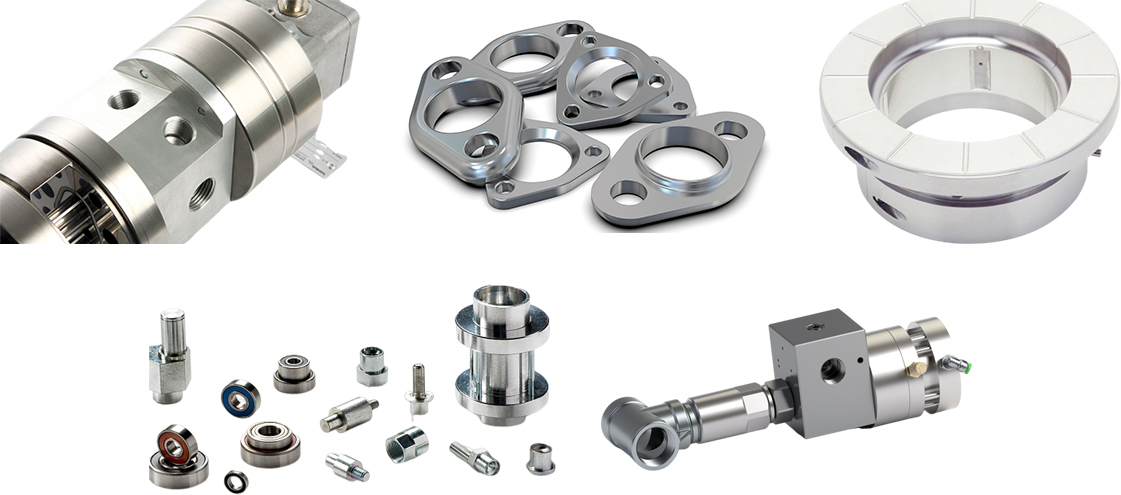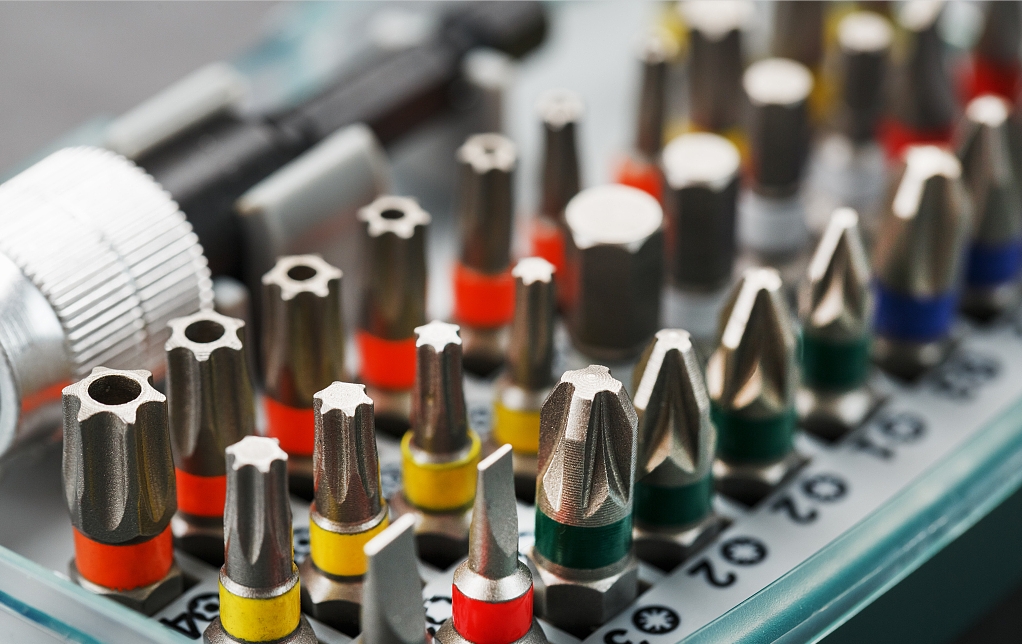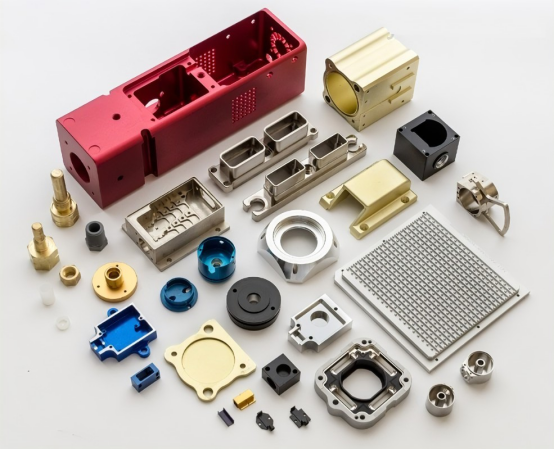Welcome to the ultimate guide on maximizing efficiency in CNC machining – where precision meets productivity for unparalleled success. In today’s competitive manufacturing landscape, efficiency isn’t just a goal; it’s the cornerstone of success. Whether you’re a seasoned pro or just starting your journey in CNC machining, mastering the art of efficiency is key to staying ahead of the curve. Join me as we delve into the realm of pro strategies, uncovering the secrets to streamlining workflows, optimizing tool selection, and fine-tuning every aspect of the machining process. From advanced programming techniques to lean manufacturing principles, we’ll explore it all, leaving no stone unturned in our quest for CNC machining excellence. So, buckle up and prepare to revolutionize your approach to precision manufacturing. Let’s dive in!
- Tool Selection and Optimization: Choosing the Right Tools for Maximum Efficiency
Efficient tool selection and optimization stand as foundational pillars in the realm of CNC machining, wielding immense influence over the entire manufacturing process. This critical aspect is akin to selecting the perfect instrument for a virtuoso performance; it sets the stage for precision, speed, and ultimately, success.At the heart of efficient tool selection lies a deep understanding of the materials being machined. Different materials possess varying properties that demand specific tool characteristics for optimal performance. Whether it’s the toughness of titanium, the brittleness of ceramics, or the versatility of aluminum, each material calls for tailored tooling solutions. Manufacturers must meticulously assess factors such as cutting edge geometry, coating materials, and tool substrate to ensure compatibility and maximize efficiency.Moreover, the geometry of the workpiece and the intricacy of the desired features dictate the choice of tools. From end mills and drills to reamers and inserts, a vast array of tooling options exists to meet the diverse demands of CNC machining. Selecting tools with the appropriate flute length, diameter, and profile enables efficient material removal while minimizing vibrations and deflections, thus ensuring dimensional accuracy and surface finish. - Workflow Streamlining: Enhancing Efficiency Through Process Optimization
Streamlining workflow involves analyzing and optimizing every step of the machining process, from job setup to final inspection. This includes minimizing setup and changeover times, optimizing tool paths to reduce idle times, and implementing efficient workholding solutions. By identifying and eliminating bottlenecks and inefficiencies, manufacturers can achieve higher throughput and lower production costs.
- Advanced Programming Techniques: Leveraging Software for Improved Efficiency
Advanced programming techniques, such as using CAM software with built-in optimization algorithms, can significantly improve machining efficiency. This includes strategies like adaptive clearing, high-speed machining, and toolpath optimization, which help reduce cycle times while maintaining quality. Furthermore, utilizing features like macros, subroutines, and custom post-processors can automate repetitive tasks and streamline programming workflows. - Fixture Design and Setup: Enhancing Efficiency on the Workholding Front
Efficient fixture design and setup are essential for minimizing setup times and maximizing machining uptime. This involves designing fixtures that provide secure and precise workpiece positioning while allowing for quick and easy loading and unloading. Additionally, implementing modular or adjustable fixtures enables versatility and adaptability for various part geometries, further enhancing efficiency in CNC machining operations. - Material Management: Strategies for Efficient Stock Usage and Waste Reduction
Effective material management is critical for optimizing efficiency and reducing waste in CNC machining. This includes optimizing nesting layouts to maximize material utilization, minimizing scrap through strategic part orientation, and implementing recycling programs for leftover material. Additionally, selecting materials with suitable properties for specific applications can help improve machining efficiency by reducing tool wear and cycle times. - Speeds and Feeds Optimization: Fine-Tuning Parameters for Optimal Efficiency
Speeds and feeds optimization involves fine-tuning cutting parameters to achieve the optimal balance between productivity and tool life. This includes adjusting spindle speeds, feed rates, and cutting depths based on material properties, tooling specifications, and machining conditions. By optimizing speeds and feeds, manufacturers can achieve higher material removal rates, shorter cycle times, and extended tool life, ultimately improving overall machining efficiency.
- Quality Control Integration: Ensuring Efficiency Without Sacrificing Precision
Integrating quality control measures into the machining process is essential for maintaining efficiency while upholding precision and accuracy standards. This includes implementing in-process inspection techniques, such as probing and laser measurement systems, to monitor part dimensions and detect defects early in the production cycle. By ensuring consistent quality throughout the manufacturing process, manufacturers can minimize rework, scrap, and downtime, thus maximizing overall efficiency. - Maintenance Best Practices: Maximizing Equipment Uptime and Efficiency
Regular maintenance of CNC machines and tooling is vital for maximizing equipment uptime and efficiency. This includes routine inspections, lubrication, and calibration to prevent unplanned downtime and ensure optimal performance. Additionally, implementing predictive maintenance techniques, such as vibration analysis and thermography, can help identify potential issues before they lead to costly breakdowns, further enhancing efficiency in CNC machining operations.
- Lean Manufacturing Principles: Implementing Efficiency-Boosting Strategies on the Shop Floor
Applying lean manufacturing principles, such as 5S, value stream mapping, and kanban, can help eliminate waste and improve efficiency on the shop floor. This involves optimizing material flow, reducing setup times, and implementing visual management systems to enhance productivity and streamline operations. By fostering a culture of continuous improvement and empowering employees to identify and eliminate inefficiencies, manufacturers can achieve significant gains in CNC machining efficiency. - Continuous Improvement: Cultivating a Culture of Efficiency in CNC Machining Operations
Continuous improvement is the cornerstone of efficiency in CNC machining operations. This involves regularly reviewing and refining processes, soliciting feedback from operators, and embracing new technologies and best practices to drive ongoing improvement. By fostering a culture of innovation and collaboration, manufacturers can adapt to changing market demands, stay ahead of the competition, and achieve sustained success in CNC machining.
In conclusion, mastering efficiency in CNC machining isn’t just about cutting metal—it’s about sculpting success with precision and finesse. From the meticulous selection of tools to the optimization of every cut, each aspect covered in this guide plays a vital role in driving productivity and achieving excellence on the shop floor.
By implementing pro strategies such as workflow streamlining, advanced programming techniques, and lean manufacturing principles, manufacturers can revolutionize their approach to precision manufacturing. Every tool path optimized, every parameter fine-tuned, and every process streamlined brings us one step closer to the pinnacle of efficiency in CNC machining.
So, whether you’re a seasoned professional looking to refine your craft or a newcomer eager to embark on your CNC machining journey, remember this: efficiency isn’t just a goal—it’s a mindset, a commitment to continuous improvement, and a path to unparalleled success.
Post time: Mar-20-2024









